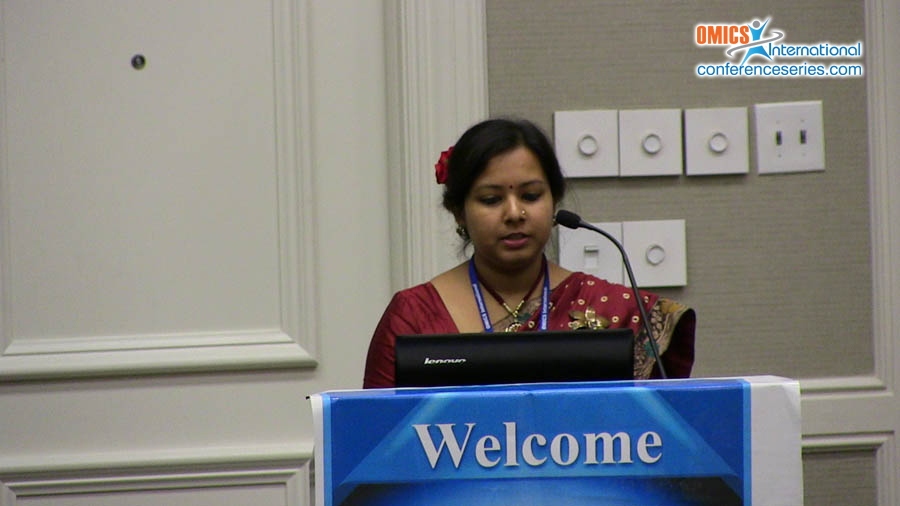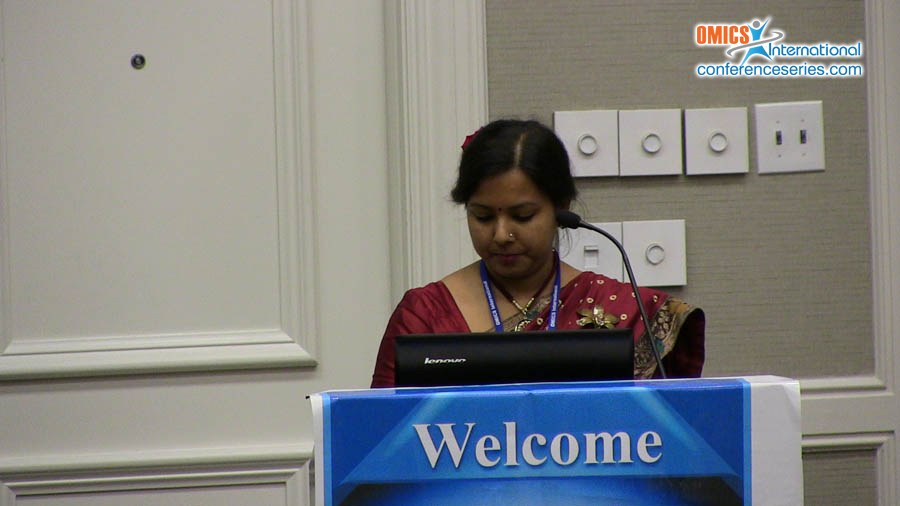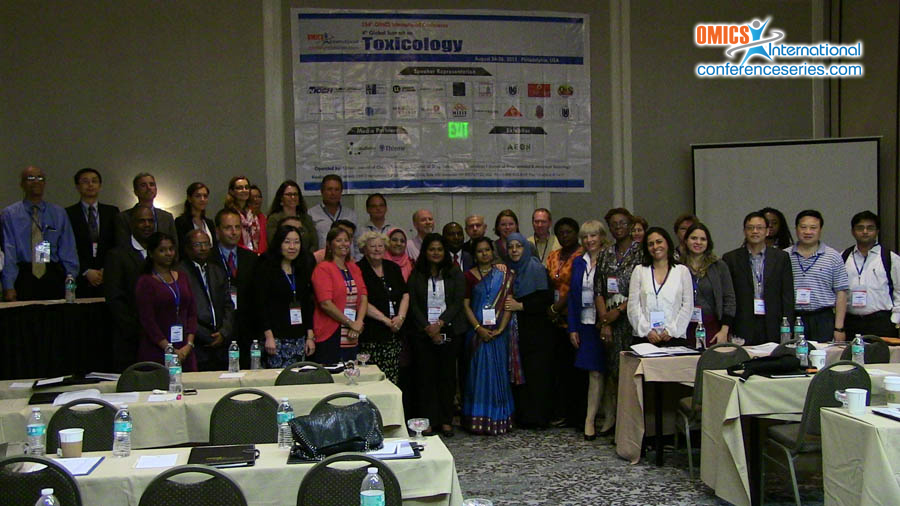
Rajlaxmi Basu
Institute of Hematology and Transfusion Medicine, India
Title: Health status of sewage workers: A case study
Biography
Biography: Rajlaxmi Basu
Abstract
Awareness of sewage workers to occupational exposure is growing very slowly in many developing countries due to which they often tend to work without proper protective clothing, resulting in a number of health problems. Lead (Pb) and cadmium (Cd) are present in sewage water and workers are exposed to these metals by unprotected handling during work. These heavy metals exposure are responsible for DNA damage and lowering of blood total iron (Fe) concentration. Zinc (Zn) is a suitable element for promoting metallothionin expression and binds the free cadmium. The total suspended solids (TSS), total dissolved solids (TDS), Pb and Cd were estimated in sewage water. The whole blood Zn and Fe concentration (estimated by energy dispersive X-ray fluorescence), Pd and Cd (estimated by GF AAS) were also estimated. Genotoxicity especially DNA damage was studied by comet assay. It was observed that there are significant differences (p<0.05) of lead and cadmium concentration in blood for exposed population i.e. sewage workers (according to through interview and observation they are non addicted) when compared with control population (non-sewage workers). The DNA damage was also observed to be significantly (p<0.001) higher in exposed groups but their blood iron concentration was significantly lower, which may be the reason for their tendency for retention of blood cadmium and make them more susceptible. Besides, they shows a highly significant depletion (p<0.001) in Selenium (Se) concentration (estimated by energy dispersive X-ray fluorescence) in their whole blood and this may be one of the cause for their lowered antioxidant level and responsible for premature ageing and different other health complication. The higher level of DNA damage (estimated by Single Cell Gel electrophoresis) is also dependent on exposure time and blood heavy metal concentration. The present study also indicates aged workers are rich in blood zinc concentration, which is a suitable indicator as this essential trace element zinc acts as an antidote for the toxic element cadmium. The present study helps to assess the health hazards of sewage workers and more susceptible groups in young compared to aged groups and as per questionnaire and estimation, the young groups have lower blood zinc level as well as different food habits, etc. that may cause DNA damage.



